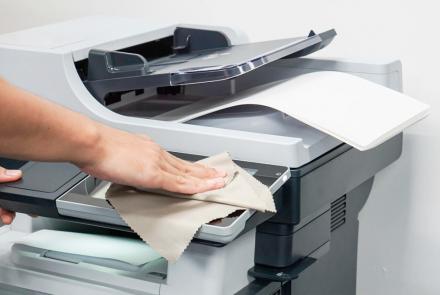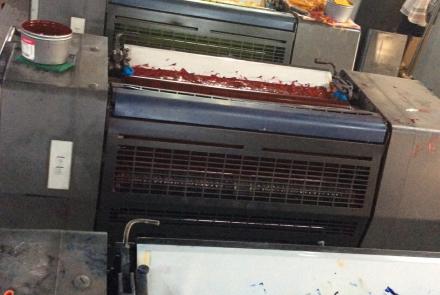Offset Printing Process.
The offset printing process has been around for many years, and almost every professional printer will offer this process. Offset has been used since the 1800s, and it does not involve the traditional method of applying ink directly to the surface that needs to be printed.
Today the offset printing process is one of the most common methods that is available today. It is so popular because it is cost effective and has so many advantages. No matter what you are printing this process can almost always be used to ensure a fast printing job and exquisite quality results.
Where to get this service.
You should always choose a professional printer who is large enough to handle bulk orders if you are interested in using offset. Some very small printing shops may not have the budget available to cover offset equipment or to offer special techniques and options.
Offset printing equipment can output thousands of sheets per hour.
Mitsubishi, Halm Industries and Heidelberg manufacture other well-known offset printing equipment.
Ink is Not Placed Directly on the Paper
During the offset printing process, the ink is not placed directly on the paper. Because of this, a consistently high quality can be achieved over the entire length of the printing run. There are no smearing or other quality issues caused by the inks being placed directly onto the paper stock, so the finished result is more attractive and appealing.
Computers can be used with Offset Printing Presses
A professional printer who uses offset presses can take advantage of the computer age by connecting the presses to a computer to centralize the operations of the printing company. This will make each printing order easier to set up and produce, and the computer that controls the presses can ensure that each piece has the same quality level.
New technologies are also enhancing color printing, especially technologies that allow direct computer imaging of printing plates.
Ink and Water Do Not Mix
One of the secrets to how the offset printing process works is that ink and water do not mix. This basic principle is used during the offset process to make the printing easier and more effective. Since ink and water will not mix, water is placed on the areas where ink is not desired. This prevents the area from being covered and keeps it clear and blank.
Materials Produced Using Offset Dry Rapidly
One of the most popular benefits of the offset printing process is that the printed materials dry rapidly after they are fully completed. There are no concerns about smearing while being stored or damp items that end up wrinkled or diminished in appearance. The items produced by offset will usually dry within a few minutes at the most.
A Rubber Mat is used to Transfer Inks to Paper
A professional printer uses equipment that has a blanket or rubber mat, and the inks are transferred to this surface before they are transferred again to the paper stock that was chosen. Since this process was first used there have been some minor changes as technology advanced, with rocks or other materials being replaced with rubber.
Offset Can Provide High Volume, Excellent Quality at Affordable Prices
The offset printing process can be used even with high volume orders. It offers a superb quality that is acceptable for most purposes, and it can usually be ordered at affordable prices. This method can even provide an acceptable quality for art reproductions most of the time, and this is one of the reasons that the process took off so fast.
- Log in to post comments






